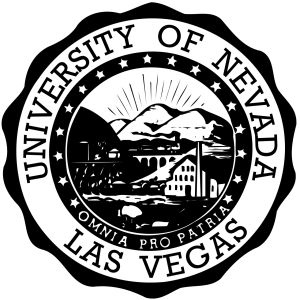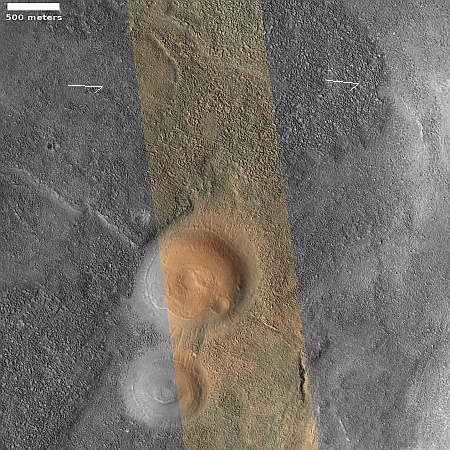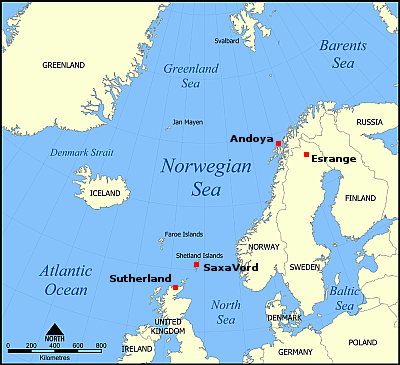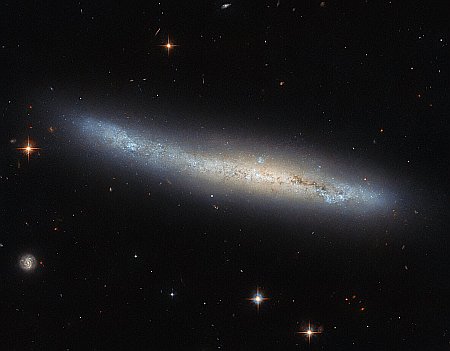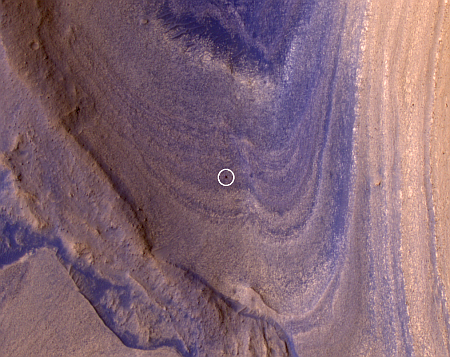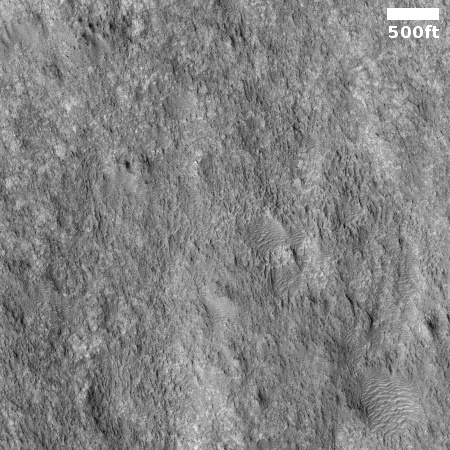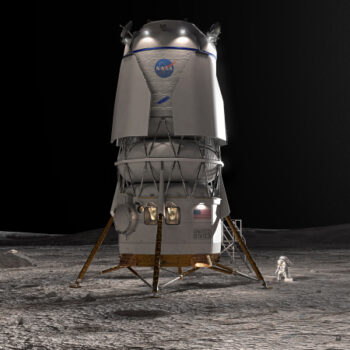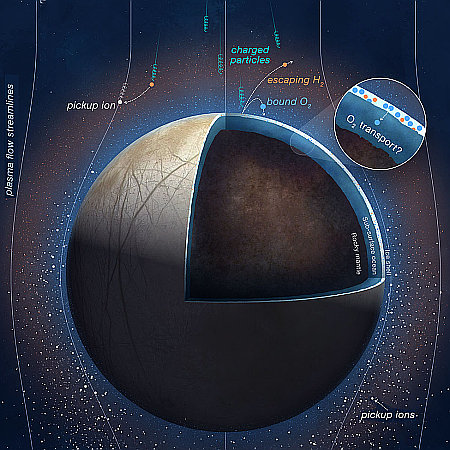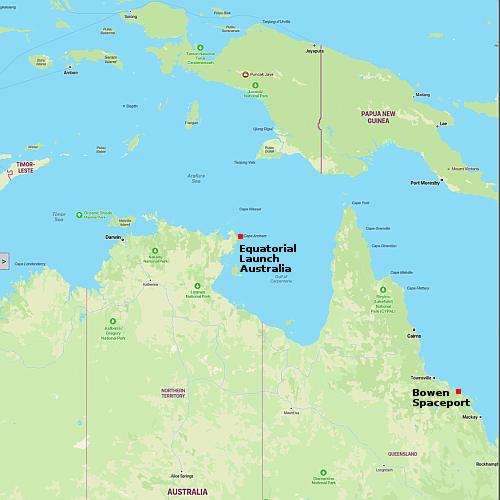A No Labels third party 2024 presidential ticket will give Americans a chance to replace the failed Democratic Party

This party has got to be replaced
With the announcement today that the No Labels third party, made up of disaffected moderates from both parties (with the majority from the Democratic Party side), will field a 2024 presidential ticket in November, most news reports are doing what this AP report does, focus on the impact that candidacy will have on the Trump-Biden match-up.
Biden supporters worry No Labels will pull votes away from the president in battleground states and are critical of how the group won’t disclose its donors or much of its decision-making.
The executive director of the group MoveOn, which is aligned with Democrats, said a No Labels ticket would help Trump win. “Any candidates who join the No Labels presidential ticket will be complicit in making it easier for Donald Trump and MAGA extremists to win a second term in the White House,” Executive Director Rahna Epting said in a written statement.
Third Way, another group that is aligned with Democrats and opposes a No Labels ticket, noted No Labels was moving forward without having first found a candidate.
Americans need to look at this a different way. » Read more

This party has got to be replaced
With the announcement today that the No Labels third party, made up of disaffected moderates from both parties (with the majority from the Democratic Party side), will field a 2024 presidential ticket in November, most news reports are doing what this AP report does, focus on the impact that candidacy will have on the Trump-Biden match-up.
Biden supporters worry No Labels will pull votes away from the president in battleground states and are critical of how the group won’t disclose its donors or much of its decision-making.
The executive director of the group MoveOn, which is aligned with Democrats, said a No Labels ticket would help Trump win. “Any candidates who join the No Labels presidential ticket will be complicit in making it easier for Donald Trump and MAGA extremists to win a second term in the White House,” Executive Director Rahna Epting said in a written statement.
Third Way, another group that is aligned with Democrats and opposes a No Labels ticket, noted No Labels was moving forward without having first found a candidate.
Americans need to look at this a different way. » Read more




